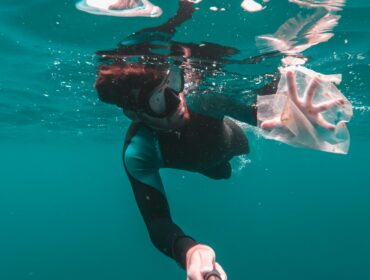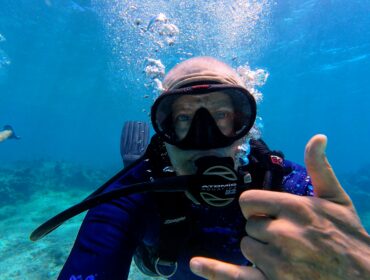As the global population continues to surge, tactics to secure food sources have become ever more desperate, often with little regard for the sustainability of chosen methods. Fisheries in all corners of the world’s oceans are beginning to falter, with illegal operations compromising the efforts of those who are legitimately trying to implement responsible management. These troubles have led to a rise in deep sea trawling, a fishing method that is widely indiscriminate in its catch and responsible for an increase in the endangerment of many marine species, ranging from seabirds to apex predators.
Contrary to what some may believe, deep sea trawling has been a cause for concern for hundreds of years. As early as the 14th century, use of the “wondyrchoum”, an early type of trawler that consisted of a wide wooden beam with a large, fine mesh net attached to it, caused a petition for a ban on its use to be presented to the British Parliament, which was granted in 1374. Disobedience of the trawler ban could — and did — result in a penalty of death. Even during a time when much of the world at large was a mystery, the negative impact of deep sea trawling on fisheries was widely felt in local fishing communities.
Over the years, the negative sentiment toward the destructive nature of trawling began to dissipate, with more than 3,000 trawling vessels in operation in the waters of the UK by the end of the 19th century. Instead of acknowledging the long-held view that bottom trawling changed fisheries for the worse, those in power began perpetuating the idea that trawling was actually beneficial to deep sea environments, much like soil aeration is beneficial to crop production on land. However, the collapse of many fisheries worldwide has been tied to the irreversible effects of scraping the deep sea floor.
One of the most dire effects of deep sea trawling is sediment disturbance. What may appear to be a wasteland of mud and detritus is actually a thriving ecosystem, comprised of organisms that can only exist in the unique environment the deep sea floor provides. The natural crests and valleys of the seabed are integral to the biodiversity that exists there; larger fish prefer complex and varied habitats, while mollusks and crustaceans are partial to wide open spaces in which to burrow and scavenge. Changing the topography of these environments through unnatural means puts the entire ecosystem at risk of eradication on a wide scale.
Destruction of the deep sea floor carries further implications that directly affect the world above the surface. Bands of sediment released during trawling operations can drift for tens of miles, decreasing light penetration in the ocean, which can have a negative impact on the growth of corals and kelp.
Additionally, deep sea sediments act as a sink for organic pollutants, carbon dioxide, and phosphorus, sheltering the sea, land, and air from their potentially damaging effects. Trawling reintroduces these substances into the water column, where they will be consumed by plankton, and slowly make their way up the food chain to our own plates. Phosphorus is a well-known culprit in massive algal blooms, which greedily consume all the oxygen they can get from the water column, ultimately resulting in large dead zones where no marine creature can survive.
There is no arguing that feeding a burgeoning human population that shows no signs of slowing is an issue of the highest priority. But is deep sea trawling a solution that has long term viability with the proper management, or a fast track to the further degradation of the only planet we have to call home?




